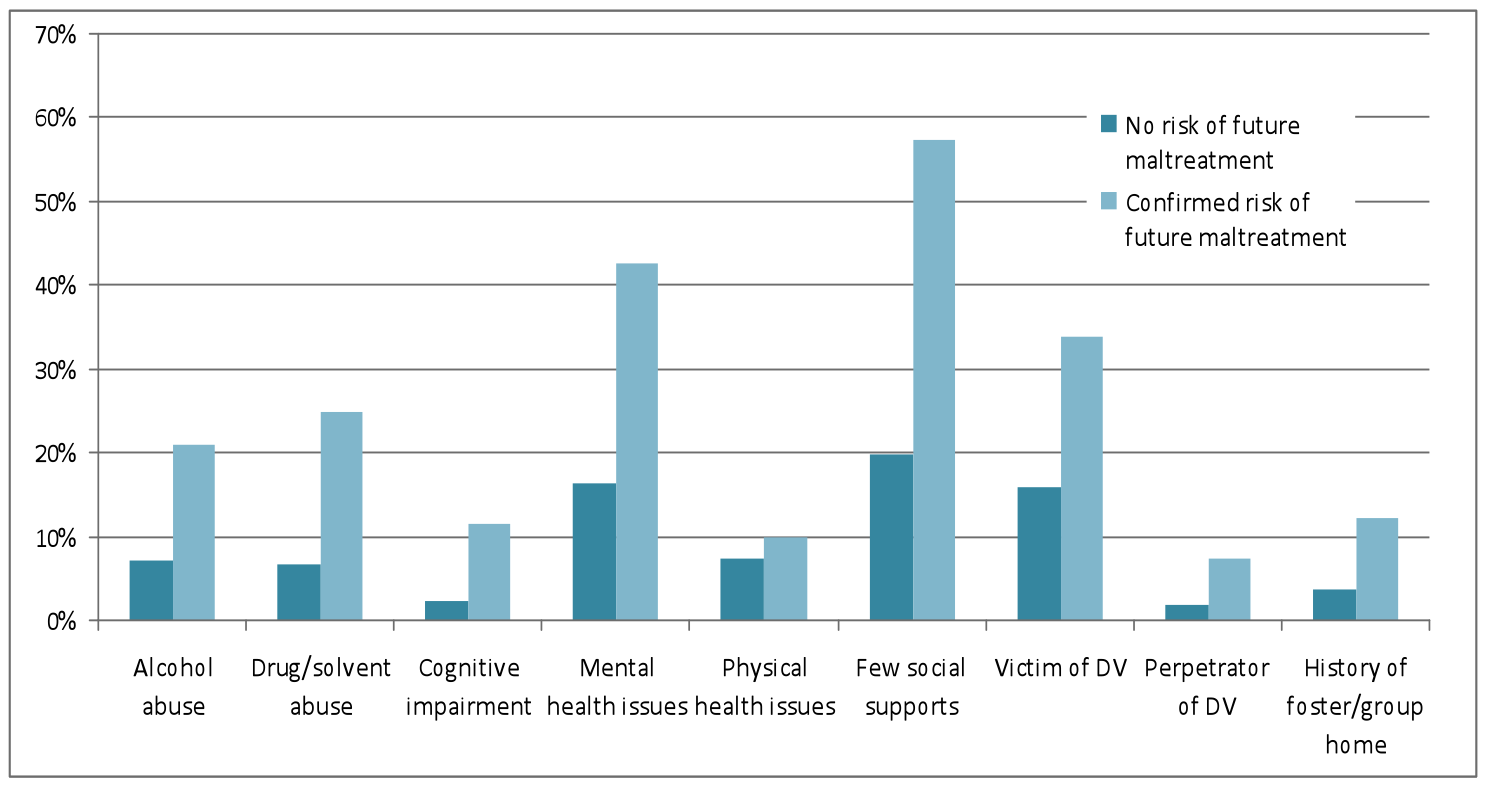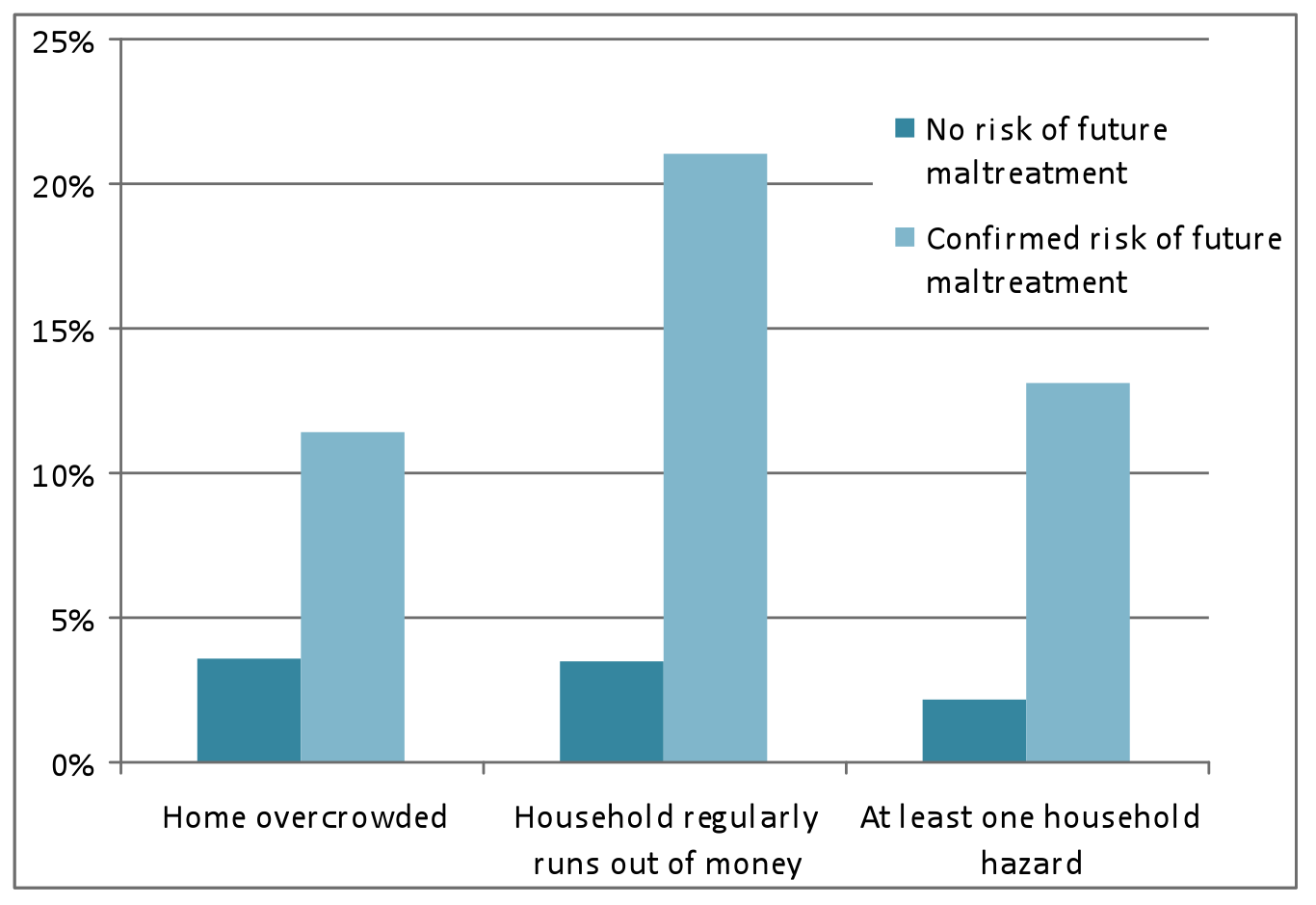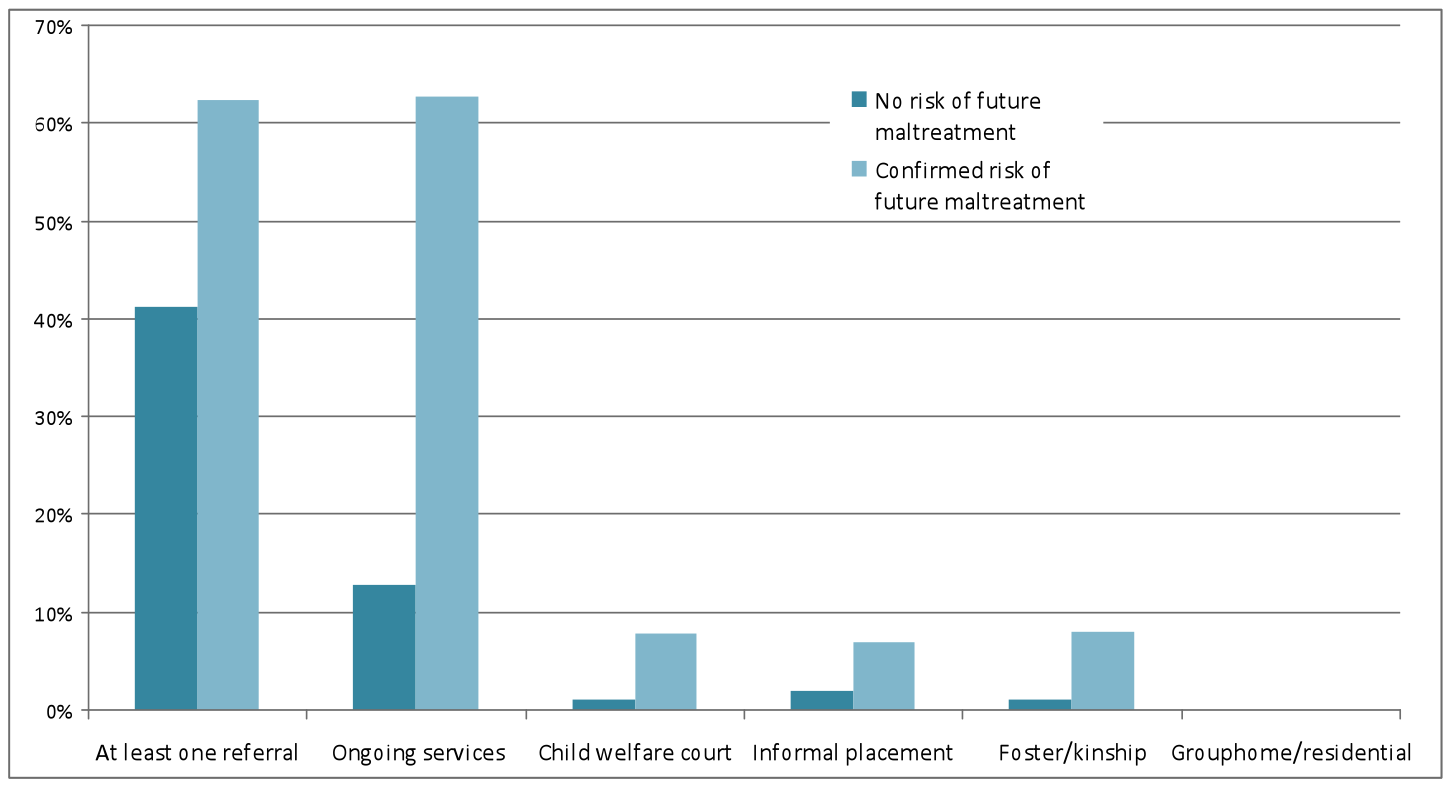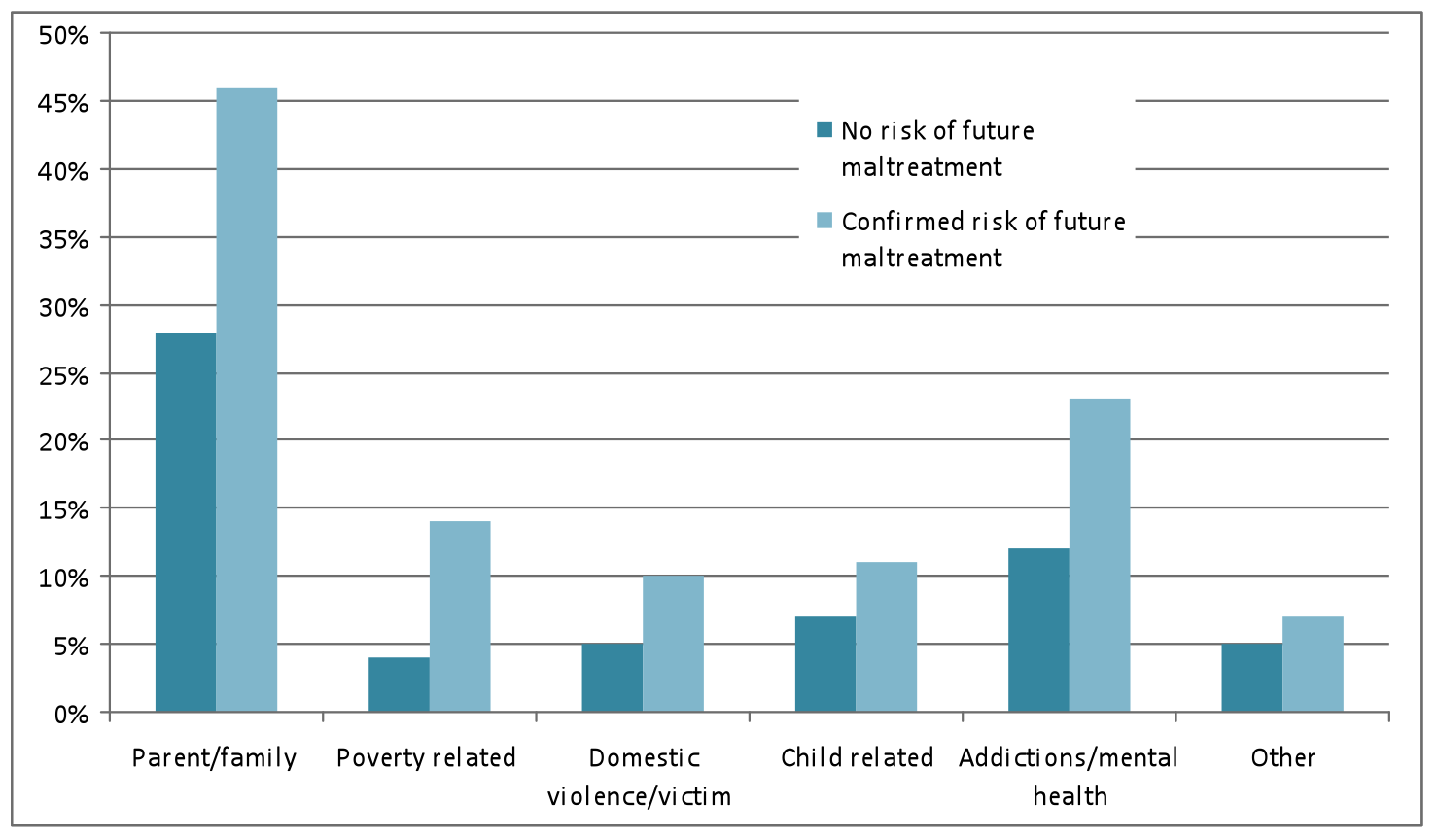CWRP Information Sheet #121E. (2012). Toronto, ON: Faculty of Social Work, University of Toronto.
Barbara Fallon and Nico Trocmé with the OIS-2008 Research Team recently initiated several knowledge mobilization activities. One of the OIS-2008 knowledge mobilization projects focuses on increasing research capacity in Ontario child welfare agencies. The objectives of this project include using OIS-2008 data to answer agency-driven research questions relevant to policy and practice, and to promote and facilitate collaboration among the OIS-2008 research team and child welfare agencies. Through collaboration with the OACAS and child welfare agencies across Ontario, agency representatives will work with the OIS-2008 research team over the next year to produce 15 agency-authored information sheets. Barbara Fallon is the Principal Investigator for this project and Nico Trocmé is a co-investigator, with funding provided by the Social Sciences and Humanities Research Council of Canada.
If you work at a child welfare agency in Ontario and are interested in participating in this project, or for more information on this and other projects related to the OIS-2008, please contact Barbara Fallon (barbara.fallon@utoronto.ca, 416-978-2527) or Melissa Van Wert (melissa.vanwert@utoronto.ca, 416-978-1386).
Introduction
The Ontario Incidence Study of Reported Child Abuse and Neglect, 2008 (OIS-2008) is the fourth provincial study to examine the incidence of reported child maltreatment and the characteristics of children and families investigated by child welfare authorities in Ontario. This fact sheet examines risk assessments in which the child welfare worker determined the child was not at risk for future maltreatment.
Background to the OIS-2008
From 1998 to 2003, the OIS found that rates of investigated maltreatment had doubled. This pattern may reflect changes in detection, reporting, and investigation practices rather than an increase in the number of children being abused and neglected. Four changes are particularly important to consider: increased reporting by professionals, increased reports of emotional maltreatment and exposure to intimate partner violence, more children investigated in each family, and increased substantiation rates. These changes are consistent with shifts in the context of Ontario child welfare.
Due to changes in investigation mandates and practices over the last 10 years, the OIS-2008 differed from previous cycles in that it tracked both risk-only investigations and maltreatment investigations. Risk-only investigations were those in which a specific past incident of maltreatment was not suspected or alleged to have occurred, but rather a constellation of factors lead to concerns that a child may be maltreated in the future (e.g., caregiver with a substance abuse issue). This fact sheet focuses exclusively on risk investigations.
Methodology
The OIS-2008 used a multi-stage sampling design to select a representative sample of 23 child welfare agencies in Ontario and then to select a sample of cases within these agencies. Information was collected directly from child protection workers on a representative sample of 5,054 maltreatment investigations and 2,417 risk investigations conducted during a three-month sampling period in 2008. This sample was weighted to reflect provincial annual estimates. After two weighting procedures were applied to the data, the estimated number of maltreatment-related investigations (i.e., maltreatment and risk-only investigations) conducted in Ontario in 2008 was 128,748. Of these, there was an estimated 41,723 risk investigations.
For each risk investigation, workers determined whether the child was at risk of future maltreatment. The worker could decide that the child was at risk of future maltreatment (confirmed risk), that the child was not at risk of future maltreatment (unfounded risk), or that the future risk of maltreatment was unknown. This fact sheet only examines confirmed risk and unfounded risk investigations. Investigations in which the future risk of maltreatment was unknown were excluded from this analysis, as these investigations are more difficult to untangle and understand. These procedures resulted in a final weighted sample of 8,237 risk investigations in which there was a confirmed risk of future maltreatment and 27,764 risk investigations in which there was no risk of future maltreatment, in Ontario in 2008.
Findings
This analysis focused on comparing unfounded risk investigations to confirmed risk investigations, in order to understand what distinguishes these types of investigations. This analysis can provide insight into the factors that child welfare workers consider when determining whether or not a child is at risk of future maltreatment.
Primary caregivers involved in confirmed risk investigations were more likely than caregivers involved in unfounded risk investigations to struggle with a variety of functioning concerns. The most common functioning concern noted in confirmed risk investigations was few social supports, with 57% of these investigations noting few social supports for the primary caregiver. The most common concern for primary caregivers in unfounded risk investigations was also few social supports, which was noted in 20% of these investigations. Please see Figure 1 for these findings.
Figure 1: Primary caregiver functioning concerns in risk investigations in Ontario in 2008

Figure 2 displays the number of moves in the past year for families involved in risk investigations in Ontario in 2008. Families involved in unfounded risk investigations had relatively more stable housing than families involved in confirmed risk investigations, with the majority not moving in the past year. Approximately 18% of unfounded risk investigations noted that the family moved once in the past year, and only 4% noted that the family had moved two or more times.
Figure 2: Number of moves in past year among risk investigations in Ontario in 2008

Figure 3 shows the housing concerns noted in risk investigations. Families involved in unfounded risk investigations were less likely to live in overcrowded conditions, less likely to run out of money for basic necessities, and less likely to live in hazardous housing conditions, compared to families involved in confirmed risk investigations. Overall, this suggests that families involved in unfounded risk investigations live in better socioeconomic conditions than families involved in confirmed risk investigations.
Figure 3: Housing concerns in risk investigations in Ontario in 2008

Unfounded risk investigations were less likely than confirmed risk investigations to have had a previous child welfare opening. However, the majority of both unfounded and confirmed investigations previously had an open case file with a child welfare agency, with 83% of confirmed risk investigations noting a previous opening and 58% of unfounded risk investigations noting a previous opening.
Figure 4 describes the service provision in unfounded and confirmed risk investigations. Whereas 63% of confirmed risk investigations were transferred to ongoing services, only 13% of unfounded risk investigations were transferred for these services. Workers could also note any referrals to other social services they made for families and children that were beyond the parameters of ongoing child welfare services. In 41% of unfounded risk investigations and 62% of confirmed risk investigations, a referral was made. The majority of risk investigations, both unfounded and confirmed, did not result in an out-of-home child welfare placement for the child. There was no placement considered in 97% of unfounded risk investigations. An out-of-home placement occurred in approximately 15% of confirmed risk investigations. Similarly, an application to child welfare court was made in only 1% of unfounded risk investigations and 8% of confirmed risk investigations.
Figure 4: Child welfare service provision in risk investigations in Ontario in 2008

Figure 5 describes the specific types of referrals within risk investigations in Ontario in 2008. The most common type of referral for both unfounded and confirmed risk investigations was to parent or family focused services. The next most common type of referral was addictions or mental health services, for both unfounded and confirmed risk investigations.
Figure 5: Type of referral to services in risk investigations in Ontario in 2008

Limitations of the OIS-2008
The OIS-2008 does not include information about unreported maltreatment, or cases that were only investigated by police. Reports that were made to child welfare authorities but screened out before they were investigated are not included, and reports on cases currently open at the time of case selection are also not included. The study does not track longer service events that occur beyond the initial investigation.
Originally published in the Ontario Association of Children's Aid Societies (OACAS) Journal, Volume 57, Issue 1, 2012.
